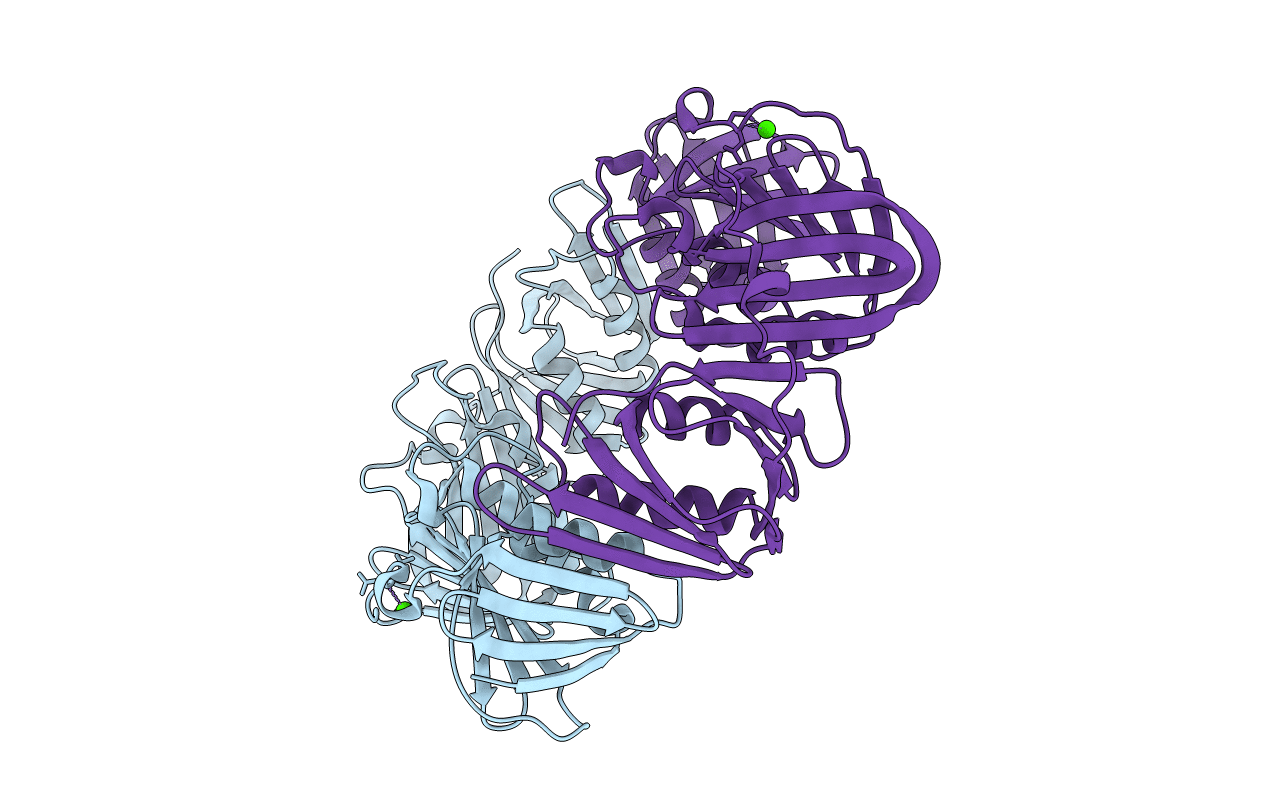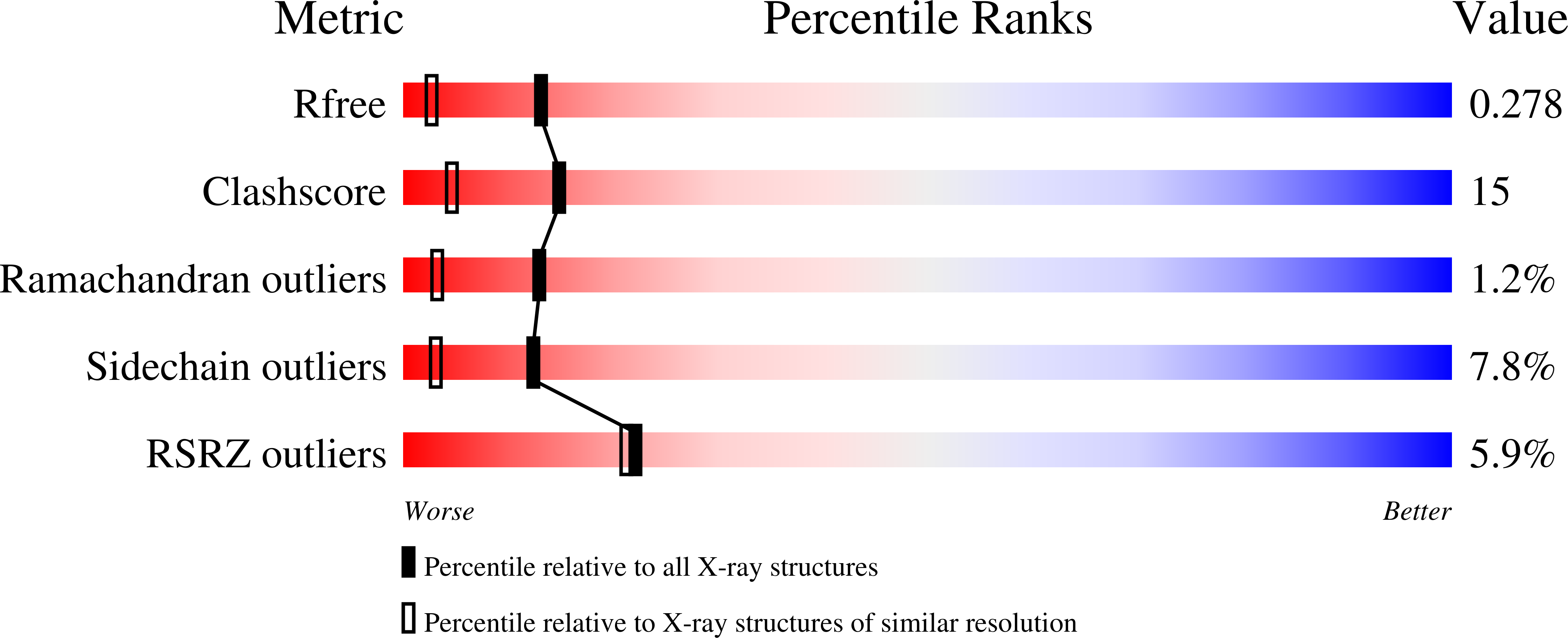
Deposition Date
2008-10-28
Release Date
2009-09-01
Last Version Date
2024-04-03
Method Details:
Experimental Method:
Resolution:
1.77 Å
R-Value Free:
0.28
R-Value Work:
0.21
R-Value Observed:
0.21
Space Group:
P 1


